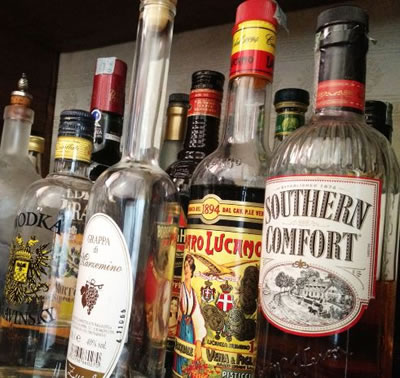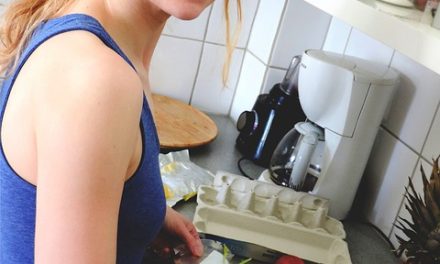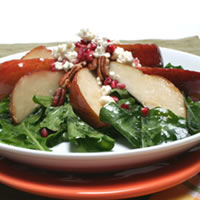While people are mostly thinking about all the sugar in the Halloween candy being handed out, there is another important question that they don’t always know the answer to: Is it safe for people living with diabetes to drink alcohol?
The good news is that most people with diabetes can drink alcohol safely if they drink in moderation (one or two drinks occasionally).
The bad news is that alcohol can cause health problems in higher quantities.
Alcohol on an empty stomach can cause low blood glucose or hypoglycemia. Hypoglycemia is a particular risk in people who use oral medications or insulin for diabetes. It can cause shaking, dizziness, and collapse. People who don’t know someone has diabetes may mistake these symptoms for drunkenness and neglect to seek medical help.
Oral diabetes medications — tolbutamide (Orinase) and chlorpropamide (Diabinese, Glucamide) — can cause dizziness, flushing, and nausea when combined with alcohol. A doctor can advise patients on the safety of drinking when taking these and other diabetes medications.
Frequent, heavy drinking can cause liver damage over time. Because the liver stores and releases glucose, blood glucose levels may be more difficult to control in a person with liver damage from alcohol.
Frequent heavy drinking also can raise the levels of fats in blood, increasing the risk of heart disease.
Alcohol has calories without the vitamins, minerals, and other nutrients that are essential for maintaining good health. A doctor can discuss whether it’s safe for an individual with diabetes to drink.
People who are trying to lose weight need to account for the calories in alcohol in diet planning. A dietitian also can provide information about the sugar and alcohol content of various alcoholic drinks.
If you’re going to have a drink on Halloween, then consider the following information about the carbs in certain types of alcoholic beverages:
Regular beers average about 12 grams of carbs per 12-ounce serving, while light beers average between 5 and 7 grams. Some darker beers and stouts can have as much as 20 grams. Sierra Nevada Bigfoot has about 25 grams!
Dry Champagne and white wine average about 4 grams of carbs per serving. Chardonnay and Pinot Grigio have about 3 grams, while Chenin Blanc, Riesling and Semillon have about 5 grams. Dry red wines, have about 3 to 4 grams per serving and sweet/dessert wines can have 12 to 20 grams per serving.
Liqueurs like Amaretto and Kahlua have 17g of carbs per ounce, while Sambuca, Cointreau, and Bailey’s Irish Cream have 5 to 7 grams of carbs per ounce.
Unsweetened vodka, rum, gin, tequila, whiskey, scotch, brandy, and cognac have zero carbs. Southern Comfort has almost 3 grams per ounce.
Mixers can add a lot of carbs to a zero-carb spirit. For example, regular cola can add over 40 grams of carbs and a classic margarita can contain about 25 grams of carbs. Stick to diet sodas and seltzers if you want to cut out the carbs that mixers add.
Happy Halloween!







